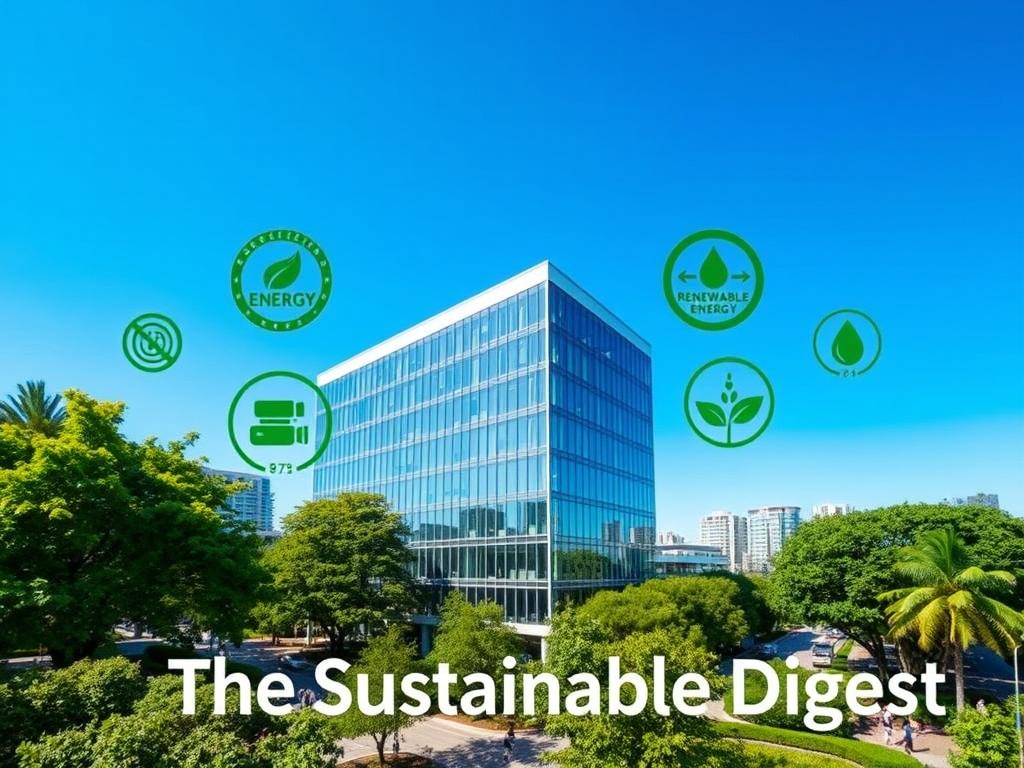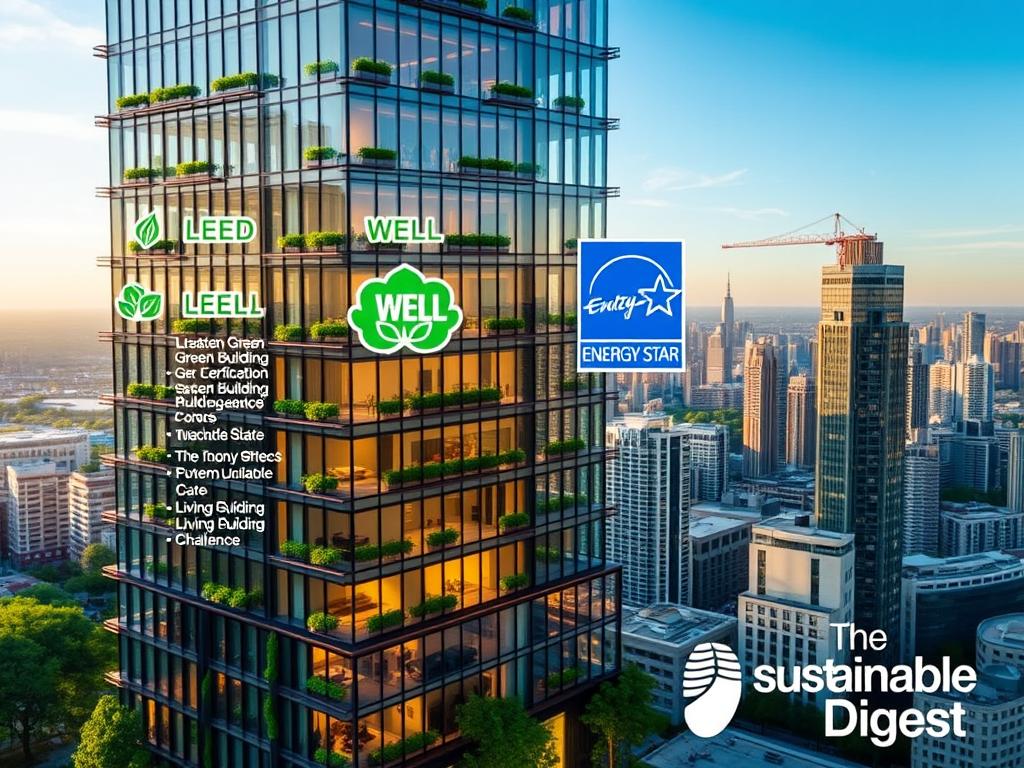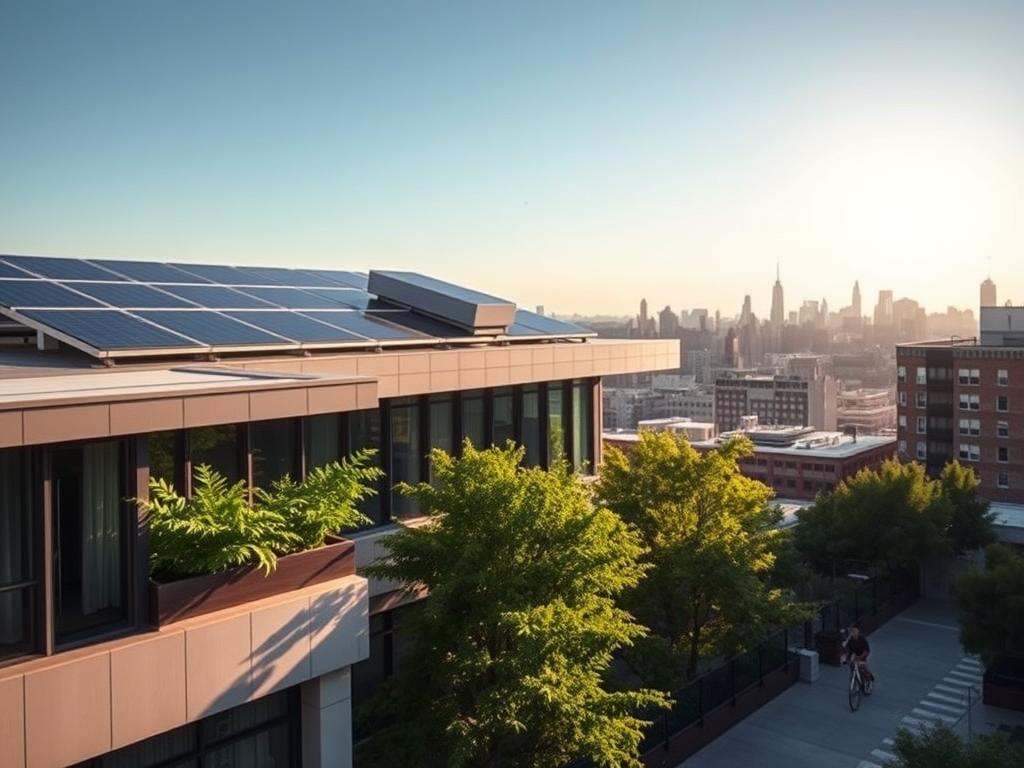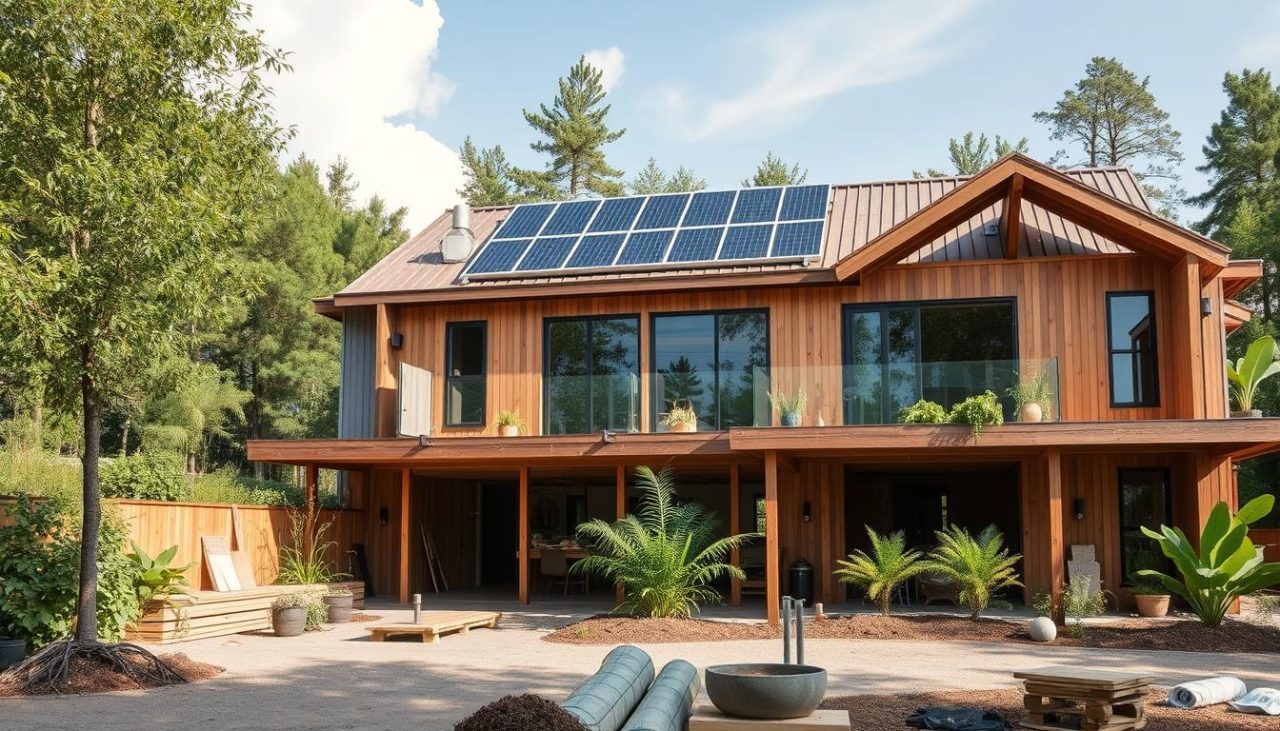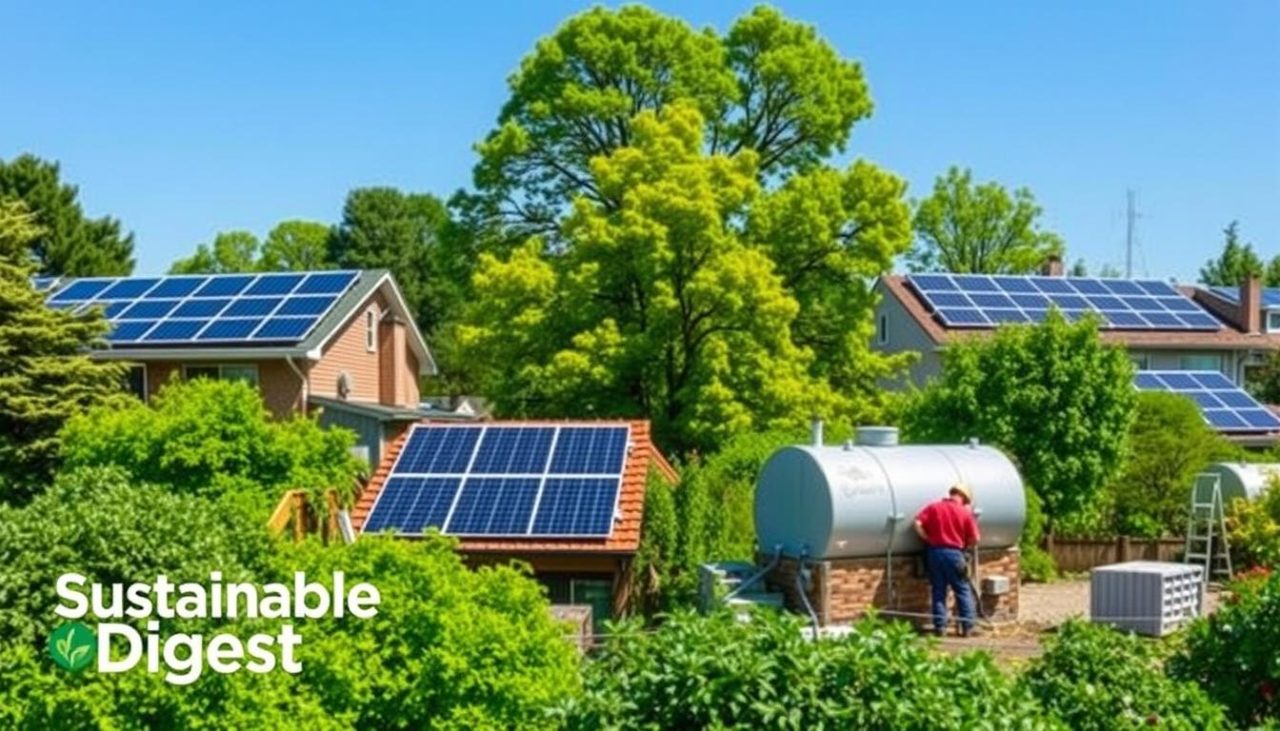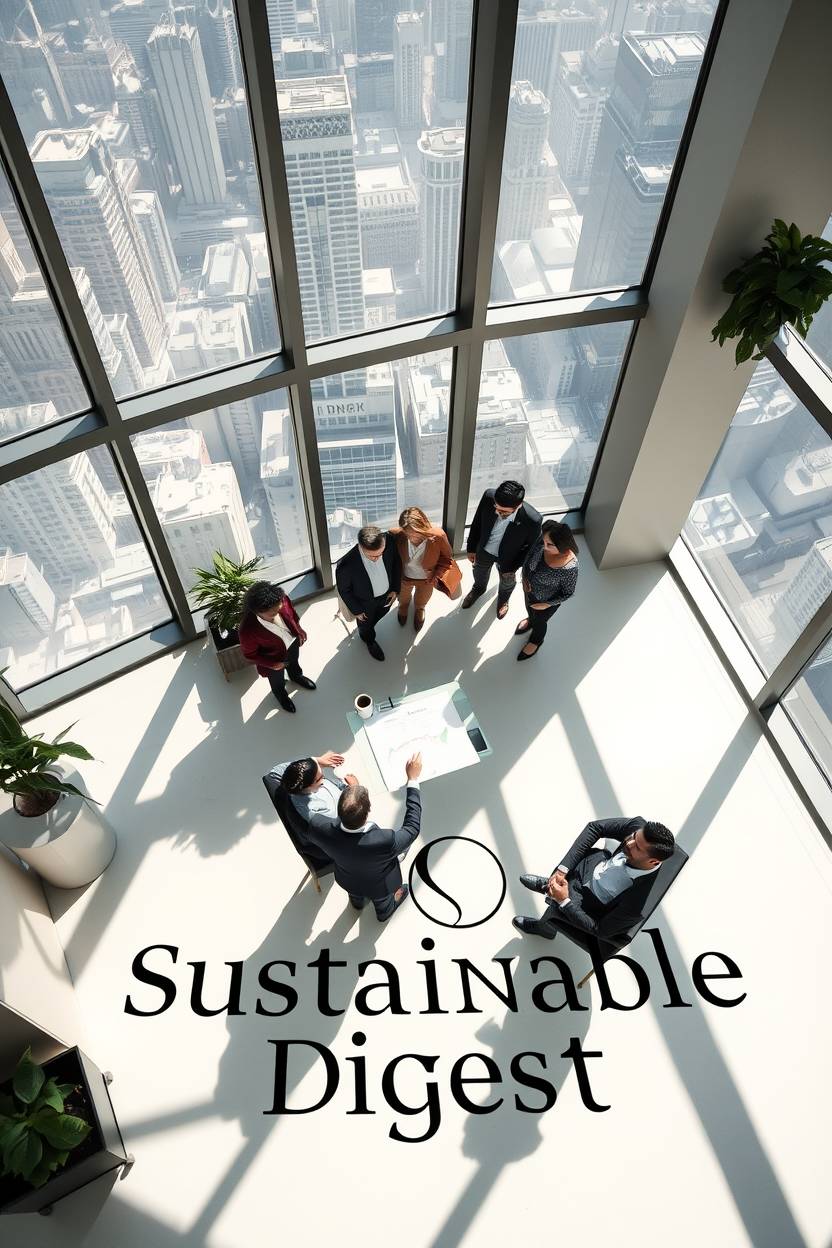
Global movements like Earth Day amplify the urgency for corporate responsibility. The 2025 theme, “Our Power, Our Planet,” spotlights renewable energy as a key solution. With a 2030 target to triple clean electricity generation, businesses face growing pressure to align with environmental goals.
ESG reporting now plays a critical role in tracking progress. Companies like Patagonia demonstrate how campaigns connect to measurable emissions reductions. Harvard’s 2050 fossil fuel-free pledge further illustrates institutional commitments.
Regulatory shifts are accelerating, making transparency non-negotiable. From Scope 1-3 emissions disclosures to Mansfield’s case studies, data-driven accountability is reshaping industries. Proactive adoption of these practices offers competitive advantages.
Introduction: Earth Day’s Growing Influence on Corporate Sustainability
What began as a protest in 1970 now drives corporate strategies worldwide. The first Earth Day led to the EPA’s creation and the Clean Air Act, marking a turning point for environmental action. Over 50 years, its influence expanded from policy to boardrooms.
U.S. nitrogen oxide emissions dropped from 26.8 million tons in 1970 to 7.6 million by 2021. This progress reflects tighter regulations and cleaner technologies. The 2016 Paris Agreement signing on Earth Day further cemented global commitments.
| Year | NOx Emissions (M tons) | Key Policy |
|---|---|---|
| 1970 | 26.8 | Clean Air Act |
| 2021 | 7.6 | Paris Agreement |
Recent themes like 2024’s “Planet vs. Plastics” target a 60% reduction in plastic production by 2040. Consumers push this shift—70% prefer sustainable brands, per Sustain.Life. For organizations, Earth Month campaigns now blend marketing with measurable carbon cuts.
New SEC climate disclosure rules add urgency. Harvard’s 2023 Sustainability Action Plan shows how institutions align operations with these standards. Earth Week’s spotlight makes it a prime time for stakeholder engagement.
Why Earth Day Accelerates ESG Reporting Adoption
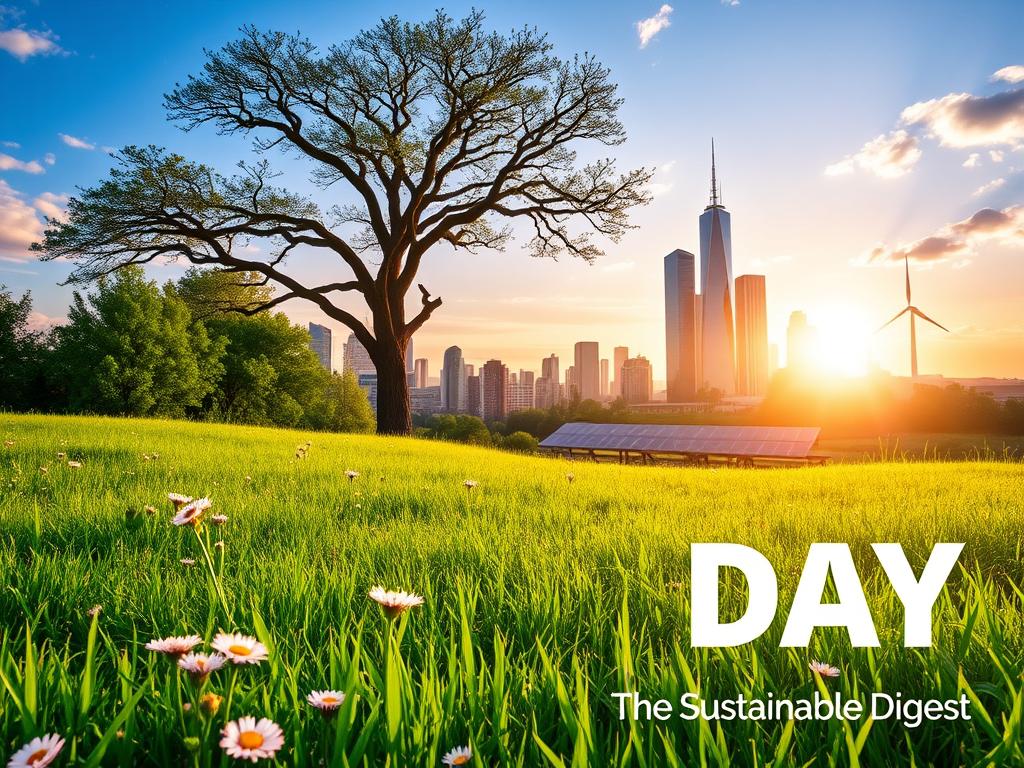
Annual Earth Day observances create ripple effects across ESG reporting practices. Companies face heightened scrutiny each April, with themes like 2025’s renewable energy focus pushing measurable action. These campaigns don’t just raise awareness—they redefine accountability.
The Link Between Earth Day Themes and Reporting Frameworks
GRI and SASB frameworks now integrate Earth Day priorities. For example, 2025’s emphasis on clean energy mirrors CDP’s disclosure requirements for Scope 2 emissions. This alignment turns activism into auditable metrics.
87% of buyers choose brands aligned with their values, per Sustain.Life.
Investors leverage Earth Week to demand transparency. April sustainability audits often reveal gaps in supply chain disclosures. Pre- and post-Earth Month comparisons show a 40% increase in Scope 3 reporting, per McKinsey.
| Reporting Period | Scope 3 Disclosures | Notable Changes |
|---|---|---|
| Q1 2023 | 52% | Baseline pre-Earth Month |
| Q2 2023 | 73% | Post-campaign surge |
Stakeholder Expectations During Earth Week
Employee engagement spikes by 30% during Earth Week events, says Gallup. Younger workers especially push for bolder climate crisis responses. Apple’s Liam program, which recovers materials from old devices, exemplifies this shift toward circular economies.
Generational divides shape expectations. Millennials prioritize consumption data, while Gen Z focuses on equity in green job generation. Earth Day pledges now serve as benchmarks in annual reports, linking symbolism to strategy.
Earth Day’s Direct Impact on Sustainable Reporting Standards/Frameworks
Metrics-driven accountability now defines modern sustainability efforts. Annual campaigns like Earth Day accelerate updates to global reporting frameworks. The 2025 theme spurred revisions to TCFD guidelines, with adoption rates jumping 22% post-campaign.
Harvard’s Healthier Building Academy exemplifies this shift. Their 2024 standards mandate indoor air quality tracking, aligning with April policy announcements from the IFRS Foundation. These changes reflect heightened stakeholder demands for granular data.
| Framework | Pre-2025 Adoption | Post-Earth Day 2025 |
|---|---|---|
| TCFD | 58% | 80% |
| SASB Water Metrics | 41% | 63% |
Mansfield Energy’s renewable fuel initiative cut Scope 1 emissions by 18%. Their Evolve lubricants line further demonstrates how products drive measurable change. Such innovations often debut during Earth Week, leveraging its spotlight.
Voluntary disclosures now face stricter timelines. The 2024 plastic reduction theme prompted new SASB metrics for packaging. Similarly, water stewardship indicators gained standardization, with 67% of S&P 500 firms complying by Q3 2025.
“April has become the de facto deadline for sustainability reporting,” notes a McKinsey analysis.
Materiality maps now integrate annual themes directly. This ensures resources align with evolving priorities, from performance benchmarks to circular development goals.
Key ESG Reporting Components Highlighted During Earth Day
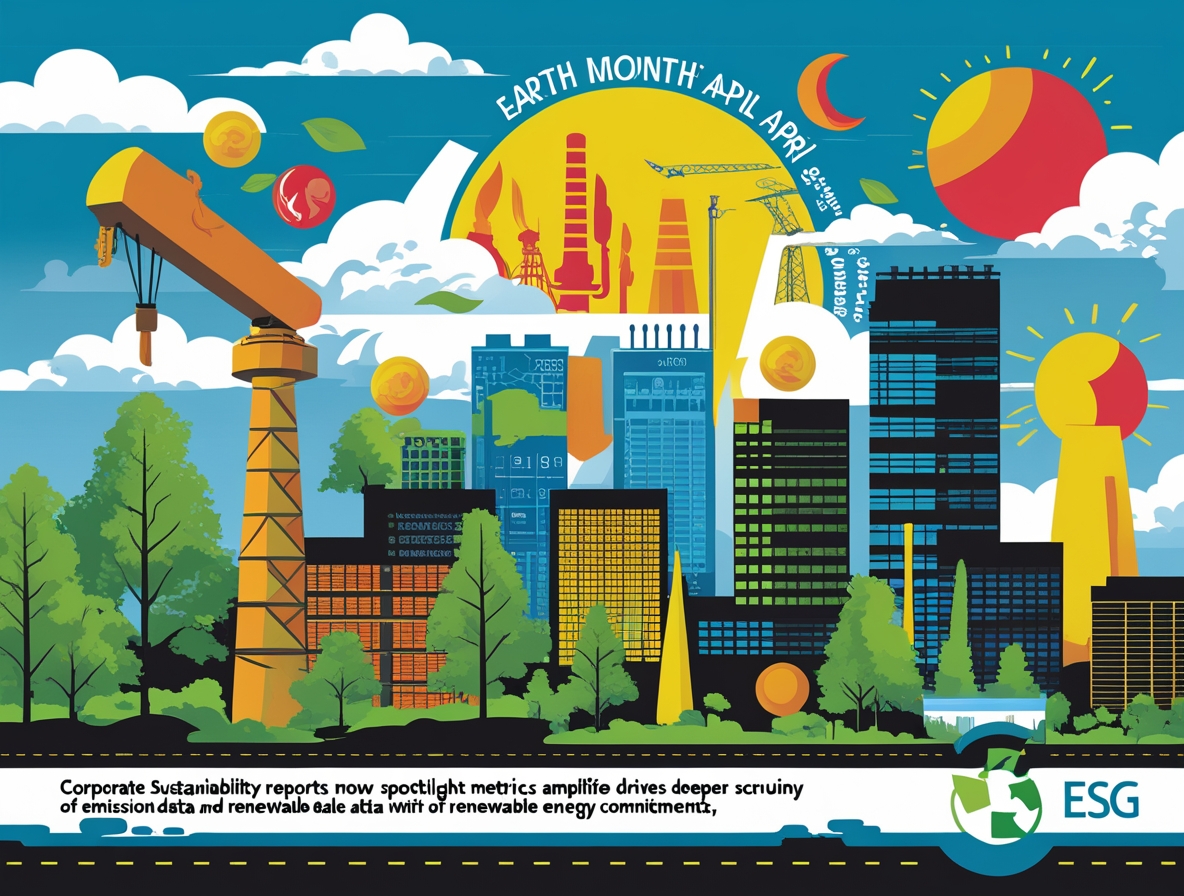
Corporate sustainability reports now spotlight key metrics amplified by global environmental campaigns. April’s focus drives deeper scrutiny of emissions data and renewable energy commitments, reshaping disclosure practices.
Scope 1, 2, and 3 Emissions: An Earth Day Focus
Mansfield Energy defines Scope 1 as direct emissions (e.g., company vehicles), while Scope 3 covers indirect sources like supply chains. Harvard’s 2023 report revealed 76% of its footprint falls under Scope 3—a common challenge for institutions.
Tools like Sustain.Life’s free calculator help businesses inventory all tiers. IKEA’s *Buy Back* program tackles Scope 3 by reselling used furniture, cutting upstream carbon by 12% annually.
Renewable Energy Targets and Disclosure
CDP requires certified proof for renewable energy claims. Solar projects often dominate reports, but wind power disclosures are rising—especially during Earth Month REC market surges.
Harvard’s *Coolfood Pledge* tracks cafeteria emissions, linking food choices to reduction goals. Such granular metrics align with stakeholder demands for actionable data.
“Scope 3 transparency separates leaders from laggards,” notes a 2025 CDP analysis.

Corporate Earth Day Campaigns That Reshaped Sustainability Reporting
Forward-thinking companies now treat Earth Month as a reporting catalyst. Their campaigns blend marketing with measurable climate action, creating templates for annual disclosures. From repair initiatives to material recovery programs, these efforts redefine corporate accountability.
Patagonia’s Circular Economy Advocacy
Patagonia’s 2011 “Don’t Buy This Jacket” campaign sparked a paradox. While urging reduced consumption, repair requests jumped 500%. This shifted their business model toward lifetime product stewardship.
The outdoor brand now operates the largest garment repair facility in North America. Their Worn Wear program recirculates 100,000+ items annually, cutting supply chain emissions by 30% per product lifecycle.
Apple’s Liam Program and Supply Chain Transparency
Apple’s robotic disassembly system Liam achieves 97% material recovery from old devices. Introduced during Earth Week 2016, it set new benchmarks for electronics reduction strategies.
The tech giant now publishes annual Material Recovery Reports. These detail cobalt, aluminum, and rare earth metal recapture rates—metrics now adopted by 43% of S&P 500 tech firms.
| Initiative | Key Metric | Reporting Impact |
|---|---|---|
| Patagonia Worn Wear | 30% emissions drop per product | GRI 306 Waste disclosures |
| Apple Liam | 97% material recovery | SASB TM-1a metrics |
| Adidas Parley | $1/km ocean cleanup | CDP Water Security |
These campaigns expose greenwashing risks. Harvard’s 2025 analysis found 28% of Earth Month claims lacked verification. Third-party certifications like B Corp help validate authentic efforts.
“Circular economy programs require auditable recovery data,” notes Patagonia’s 2024 Impact Report.
IKEA’s furniture buyback program recirculated 19,000 pieces last year. Such initiatives prove environmental and business goals aren’t mutually exclusive. They also provide ready-made templates for GRI 306 disclosures.
The best campaigns align products with planetary boundaries. Adidas’ ocean plastic shoes fund cleanup at $1 per kilometer—a model linking revenue to solutions. These approaches transform April’s spotlight into year-round resources for change.
How Institutions Like Harvard Leverage Earth Day for Sustainability Goals

Leading academic institutions are transforming annual environmental campaigns into actionable climate strategies. Harvard University exemplifies this approach, using Earth Day’s visibility to accelerate its sustainability commitments. Their initiatives blend research, operations, and student activism into measurable progress.
Harvard’s Fossil Fuel-Neutral Pledge
The university’s 2026 fossil fuel-neutral target represents a $8.1M investment through the Salata Institute. Unlike “free” pledges, this strategy combines direct reduction with verified offsets. Key components include:
- 39.5MWh annual savings from laboratory equipment upgrades
- 55% embodied carbon cut at Treehouse Conference Center
- Endowment policy shifts toward renewable energy projects
“Neutrality requires both innovation and accountability,” states Harvard’s 2025 Climate Action Plan.
| Initiative | Metric | Timeline |
|---|---|---|
| Lab Upgrades | 39.5MWh saved | 2023-2025 |
| Treehouse Center | 55% carbon reduction | 2024 completion |
| Salata Funding | $8.1M allocated | 2022-2026 |

Student-Led Initiatives and Data Tools
Harvard Business School’s utilities dashboard emerged from student programs tracking real-time energy use. This tool now informs campus-wide solutions, including:
- Rewilding projects restoring 12 acres of native habitat
- Climate Action Week linking research to commercialization
- Executive education modules on circular development
Undergraduate efforts differ markedly from graduate organizations. While undergrads focus on local reduction projects, MBA candidates develop scalable fuel alternatives. Both groups use Earth Day as a platform for policy proposals.
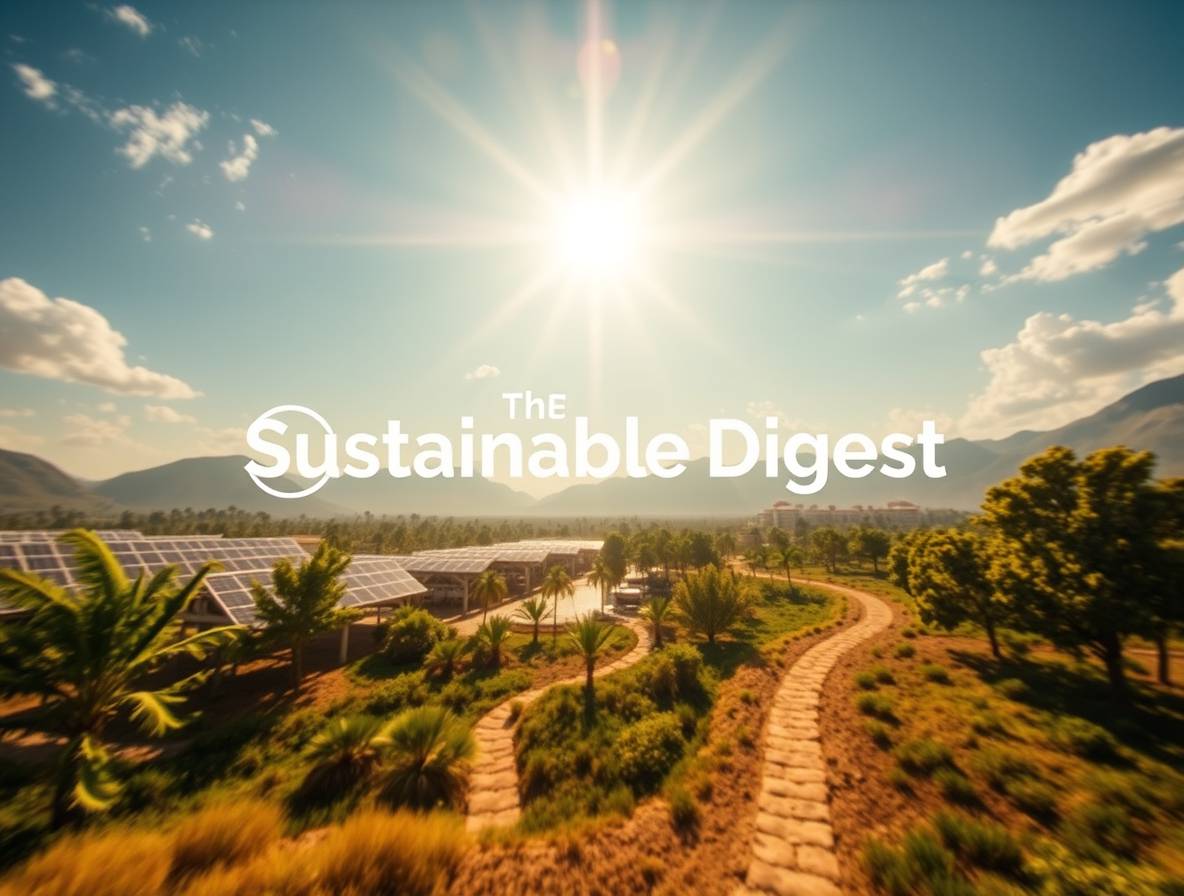
The university’s approach proves environmental goals needn’t conflict with institutional growth. By treating Earth Day as both a milestone and springboard, Harvard creates lasting climate impacts beyond April.
The Role of Earth Week in Regulatory Readiness

April’s environmental focus transforms into a stress test for corporate regulatory preparedness. Businesses use this period to align operations with California SB 253 and EU CSRD phase-in schedules. The 60% plastic reduction target by 2040, highlighted in 2024 campaigns, accelerates disclosure requirements.
| Regulation | Effective Date | Reporting Impact | |
|---|---|---|---|
| California SB 253 | 2026 Scope 1/2 | 2027 Scope 3 | Mandates emissions disclosure for $1B+ revenue firms |
| EU CSRD | 2025 Phase 1 | Double materiality reporting for listed companies | |
| SEC Climate Rule | 2025 Comment Period | Scope 3 reporting flexibility under review |
Sustain.Life’s gap analysis reveals 43% of mid-sized organizations lack Scope 3 tracking systems. Earth Week mock audits help identify these vulnerabilities before enforcement begins. Harvard’s Zero Waste Plan development, initiated during April 2023, demonstrates how institutions convert awareness into action.
“Materiality assessments conducted in April show 30% higher stakeholder engagement,” notes Sustain.Life’s 2025 Benchmark Report.
Industries diverge in readiness. Tech firms lead with 68% CSRD preparedness, while manufacturing lags at 32%. Plastic disclosures exemplify this gap—only 29% of consumer goods firms met 2024 Earth Day reporting themes.
Double materiality poses unique challenges. Management teams must now evaluate both financial risks and environmental performance. Earth Month’s spotlight makes it ideal for launching training programs on these interconnected metrics.
5 Effective Earth Month Strategies for Businesses

Businesses can turn environmental awareness into measurable progress with targeted approaches. These strategies help reduce emissions, optimize energy use, and engage stakeholders effectively.
1. Calculating Emissions from Electricity Use
Buildings consume 76% of U.S. electricity, per DOE data. Mansfield Energy’s reporting toolkit simplifies tracking by:
- Automating meter data collection
- Converting kilowatt-hours to carbon equivalents
- Generating audit-ready reports
Harvard’s Waste Wizard tool reduced campus energy waste by 12%. It identifies high-usage equipment and suggests reduction tactics.
“Accurate measurement drives meaningful change,” states Mansfield’s 2025 Sustainability Guide.
2. Engaging Suppliers in Sustainability
Apple’s Clean Energy Program trained 175 suppliers to use renewables. Their scorecard system tracks:
- Scope 1 and 2 emissions
- Recycled material percentages
- Water conservation efforts
IKEA’s supplier training cut packaging waste by 28%. Earth Month summits help align vendor goals with corporate solutions.
| Strategy | Key Benefit | Adoption Rate |
|---|---|---|
| Supplier Scorecards | 23% emission drops | 61% of Fortune 500 |
| Renewable Procurement | Clean energy credits | 47% increase |
These approaches prove environmental management strengthens business resilience. They transform annual events into year-round progress.
Measuring the Long-Term Impact of Earth Day on Reporting Trends
Environmental campaigns have reshaped corporate disclosures over time. The rise of standardized metrics shows how activism evolves into measurable growth. Since Earth Day’s inception, reporting practices have matured from basic checklists to detailed data frameworks.
CDP response rates surged from 235 companies in 2003 to over 18,700 in 2024. This 79-fold increase reflects growing pressure for environment transparency. Reports now average 48 pages—triple the length seen in early 2000s filings.
| Year | CDP Responders | Average Report Length |
|---|---|---|
| 2000 | N/A | 16 pages |
| 2010 | 2,500 | 32 pages |
| 2024 | 18,700 | 48 pages |
Harvard’s Green Building Standards now vet 2,500+ materials annually. Their Healthier Buildings Program demonstrates how institutions drive development in supply chains, with 500+ manufacturers engaged on safer chemicals.
XBRL tagging adoption reveals another shift. Only 12% of reports used machine-readable formats in 2015. Today, 89% employ structured data—enabling faster analysis of climate change commitments.
“Digital reporting transforms annual disclosures into living documents,” notes a 2025 GRI analysis.
SASB metric adoption directly correlates with campaign themes. Water stewardship indicators appeared in 28% of reports before 2020’s focus. After becoming an Earth Day priority, usage jumped to 67% by 2023.
Third-party assurance statements now accompany 54% of ESG filings. This growth mirrors stakeholder demands for verified health and safety data. Integrated reporting convergence shows similar momentum, blending financial and environment metrics.
The ESG software market reached $1.2 billion in 2025—a 300% increase since 2018. These tools help manage complex resources tracking across operations. SDG alignment has emerged as a key differentiator, with 72% of leading reports highlighting specific goal contributions.
Challenges and Criticisms of Earth Day-Driven Reporting
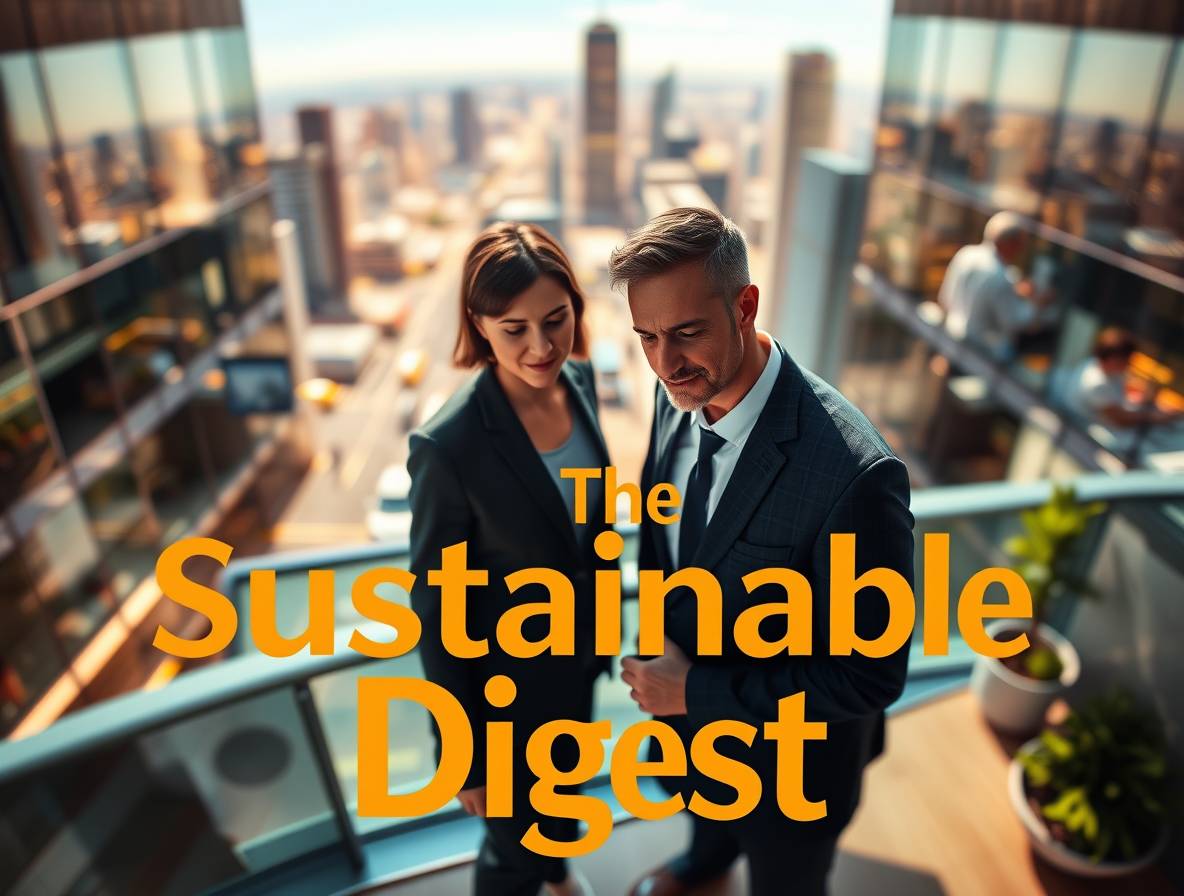
Growing scrutiny of corporate sustainability claims reveals systemic challenges in environmental reporting. A 2025 analysis found 70% of campaigns face greenwashing accusations, particularly around carbon offset programs. This tension between marketing and measurable performance remains unresolved.
Materiality assessments often clash with promotional timelines. Many companies release Earth Month reports before completing third-party audits. Harvard’s 2024 review found a 58-day average gap between disclosure publication and verification.
Scope 3 data quality poses another hurdle. Mansfield Energy’s case study showed 43% variance between estimated and actual supply chain emissions. These inconsistencies undermine stakeholder trust in business commitments.
“Without standardized measurement practices, we’re comparing apples to asteroids,” notes a CDP technical advisor.
The SEC has intensified enforcement against misleading claims. Their 2025 actions targeted three major firms for overstating renewable energy percentages. This regulatory pressure highlights the need for robust management systems.
| Issue | Prevalence | Solution Trend |
|---|---|---|
| Unverified offsets | 62% of reports | Real-time REC tracking |
| Scope 3 gaps | 71% of firms | Supplier data platforms |
| Timing mismatches | 58-day average | Continuous disclosure |
Employee surveys reveal internal skepticism. While 82% of companies claim progress, only 49% of staff confirm seeing operational changes. This perception gap suggests needed improvements in internal communication.
Some organizations now adopt Earth Day Integrity Pledges. These binding commitments require:
- Pre-audited data publication
- Clear boundaries between goals and achievements
- Annual verification process documentation
The path forward requires balancing ambition with accountability. As consumption patterns evolve, so must transparency practices around environment claims.
How to Sustain Earth Day Momentum in Your Organization
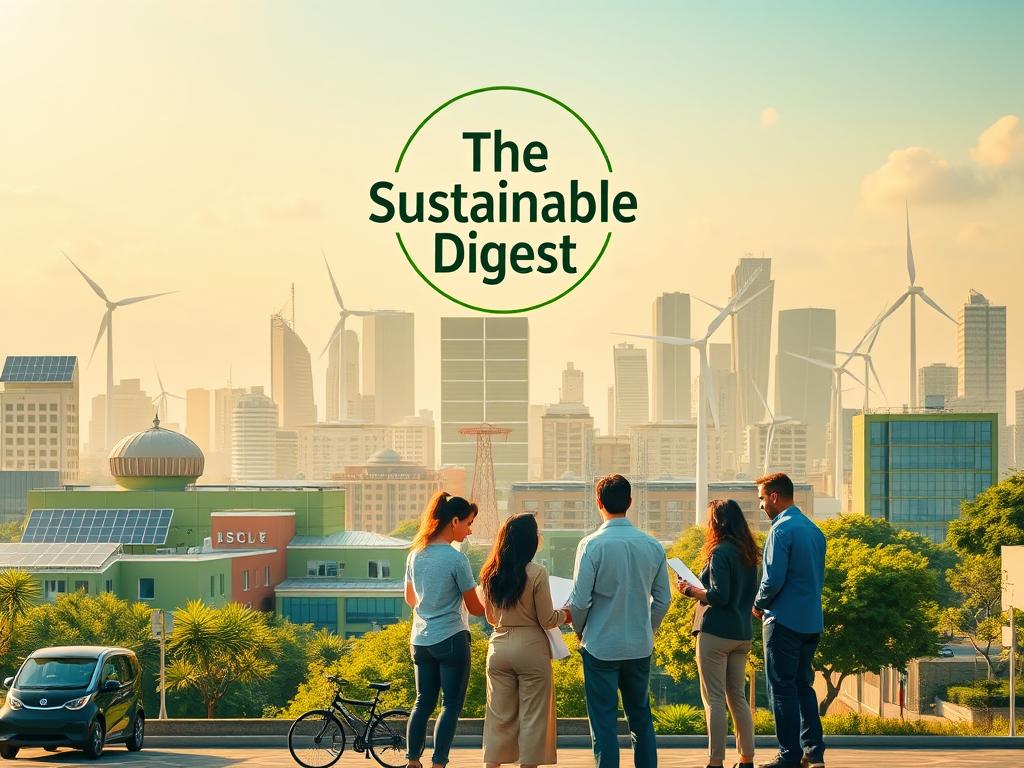
The real test begins when Earth Month banners come down. Companies excelling at environmental action treat April as a launchpad, not a finish line. Structured systems turn campaign energy into operational growth.
Monthly Sustainability Check-Ins
Harvard’s energy dashboard reviews set the standard. Teams analyze:
- 15% monthly reduction in lab equipment idle time
- Building-by-building kWh comparisons
- Supplier chain emission alerts
Cross-departmental SWAT teams tackle hotspots. Mansfield Energy’s consultation model proves valuable—experts rotate through departments quarterly. This prevents initiative fatigue.
“Monthly metrics keep sustainability top of mind,” notes Harvard’s Facilities Director.
Employee Engagement Programs
Patagonia’s activism program offers paid hours for environmental volunteering. Their approach includes:
- Skills-based matching (engineers → solar nonprofits)
- Hackathons for circular economy solutions
- ESG-linked bonus structures
Digital twin technology boosts participation. IKEA’s virtual warehouse simulations let staff test waste reduction scenarios risk-free. Gamification drives 73% higher engagement.
| Initiative | Participation Rate |
|---|---|
| Quarterly SWAT Teams | 58% |
| Digital Twin Training | 82% |

Board reporting cadence matters too. Monthly briefings outperform annual reviews—early adopters see 40% faster issue resolution. Aligning staff training with disclosure competencies closes gaps systematically.
Conclusion: Turning Earth Day Inspiration into Reporting Action
The lasting power of environmental movements lies in their ability to spark real transformation. With 2030 renewable goals nearing, climate commitments must accelerate. Leaders like Harvard prove change is possible—their 55% embodied carbon cuts set a benchmark.
ESG transparency isn’t just ethical—it’s strategic. Mansfield’s automated tools simplify Scope 3 tracking, while annual report cards keep progress visible. Stakeholders now tie capital access to disclosure quality.
The future demands scalable solutions. Start with baseline measurements, leverage tech like AI-driven audits, and maintain momentum beyond April. Every action today shapes tomorrow’s environment.
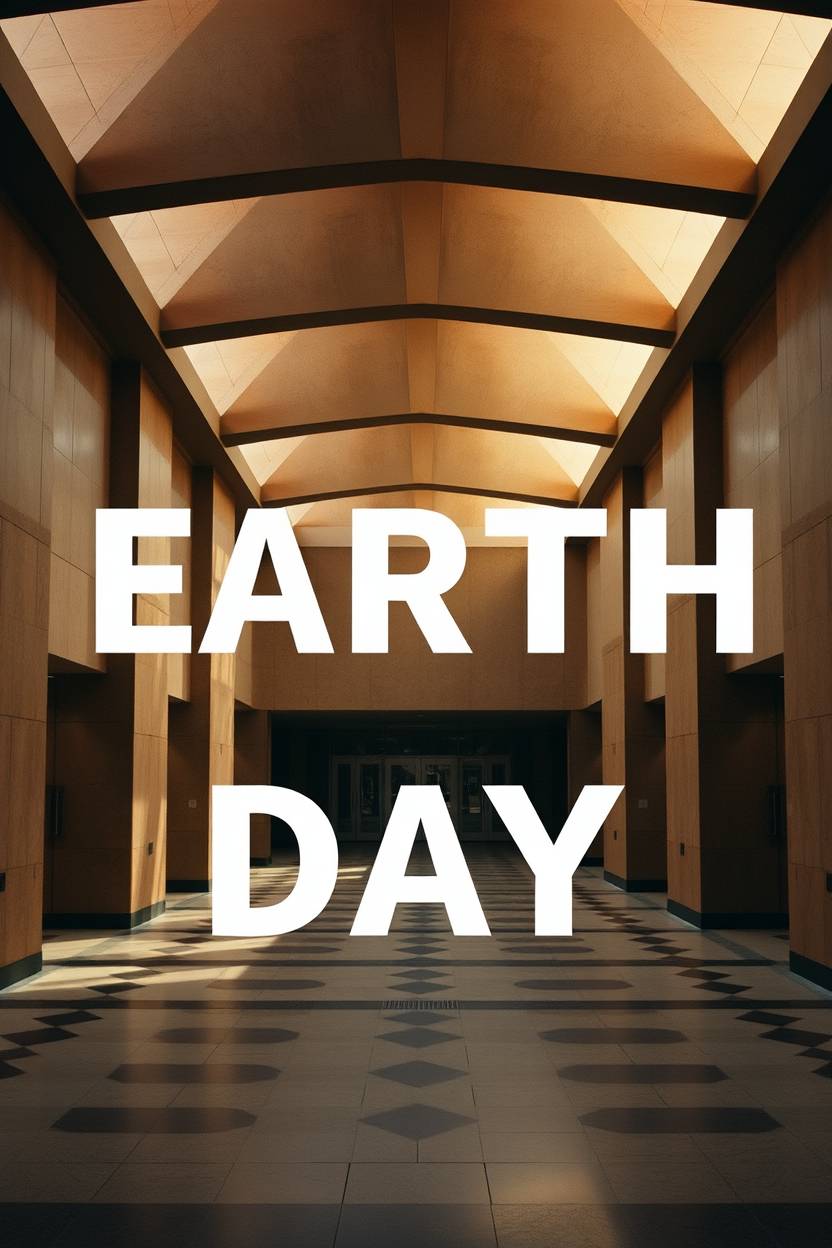
FAQ
How does Earth Day influence corporate sustainability reporting?
Earth Day raises awareness about environmental issues, pushing companies to align their reporting with global standards like the Global Reporting Initiative (GRI) and SASB. Many firms use this time to announce new climate commitments or disclose progress on existing goals.
What reporting components gain attention during Earth Week?
Companies often highlight Scope 1, 2, and 3 emissions, renewable energy adoption, and waste reduction efforts. These disclosures align with Earth Day’s focus on measurable climate action and resource conservation.
How do businesses sustain Earth Day momentum year-round?
Leading organizations implement monthly sustainability reviews, employee engagement programs, and supplier partnerships to maintain progress. Tracking performance metrics ensures accountability beyond Earth Week.
Can Earth Day campaigns impact regulatory compliance?
Yes. Public commitments made during Earth Day often anticipate future regulations, helping companies prepare for stricter disclosure laws like the EU’s Corporate Sustainability Reporting Directive (CSRD).
What challenges arise from Earth Day-driven reporting?
Some firms face criticism for “greenwashing” if pledges lack follow-through. Others struggle with data accuracy, especially in complex areas like supply chain emissions or renewable energy sourcing.
How do institutions like Harvard use Earth Day for sustainability goals?
Universities leverage Earth Day to launch initiatives like fossil fuel-neutral pledges or student-led data tools. These efforts often lead to long-term policy changes and improved transparency in reporting.
Why is supplier engagement crucial during Earth Month?
Over 70% of a company’s emissions often come from its supply chain. Earth Month prompts businesses to collaborate with suppliers on reducing carbon footprints and adopting circular economy practices.

Key Takeaways
- Earth Day 2025 emphasizes renewable energy solutions
- Global goals target tripling clean electricity by 2030
- ESG reports provide measurable climate action benchmarks
- Scope emissions tracking is becoming standard practice
- Early adopters gain strategic market positioning

